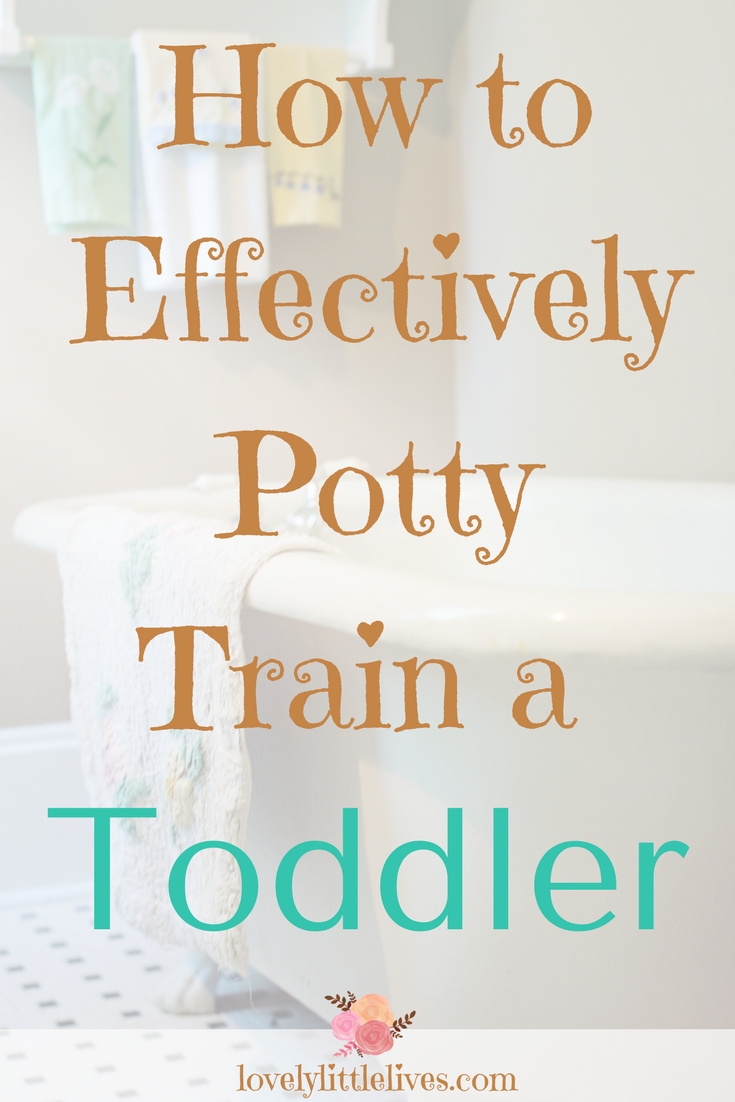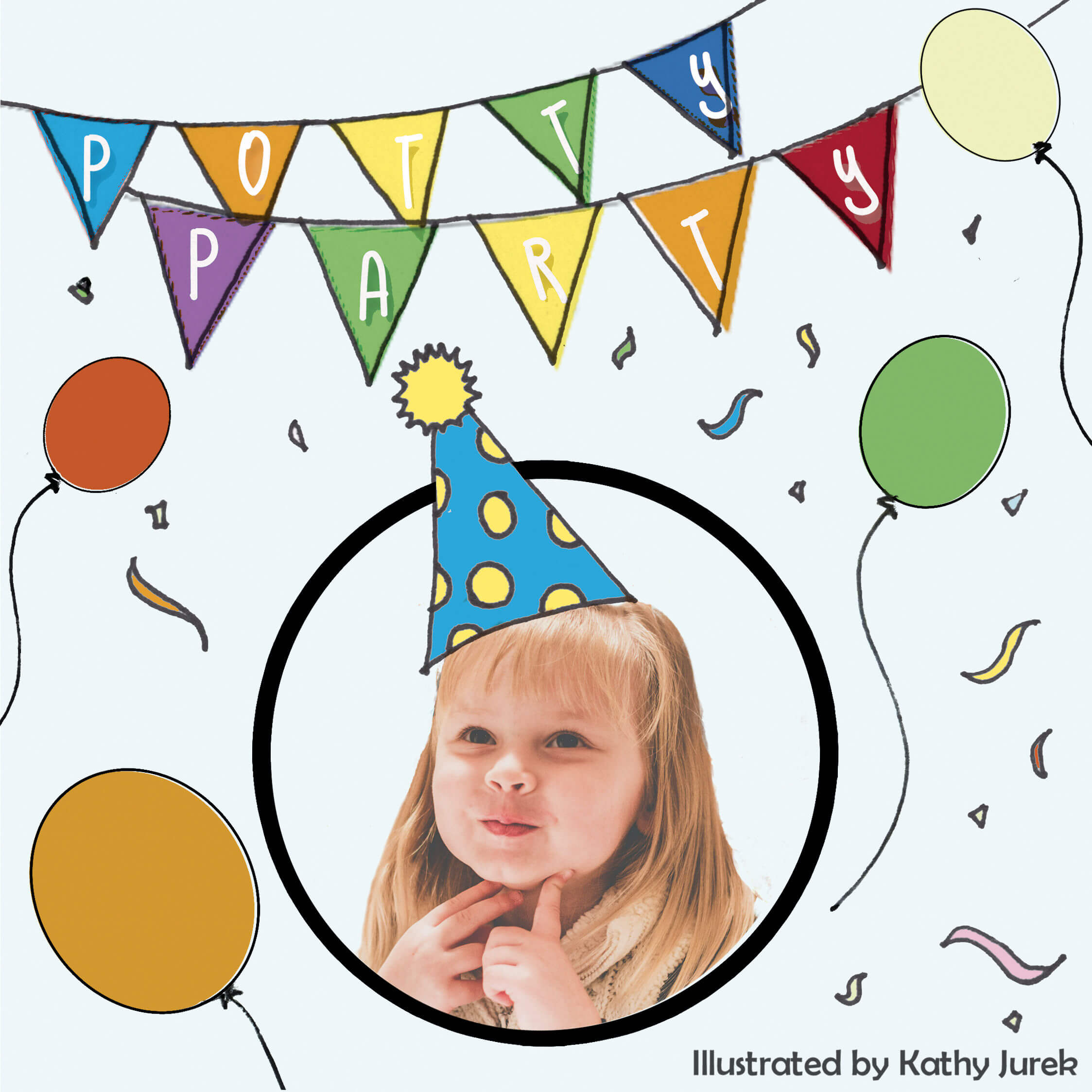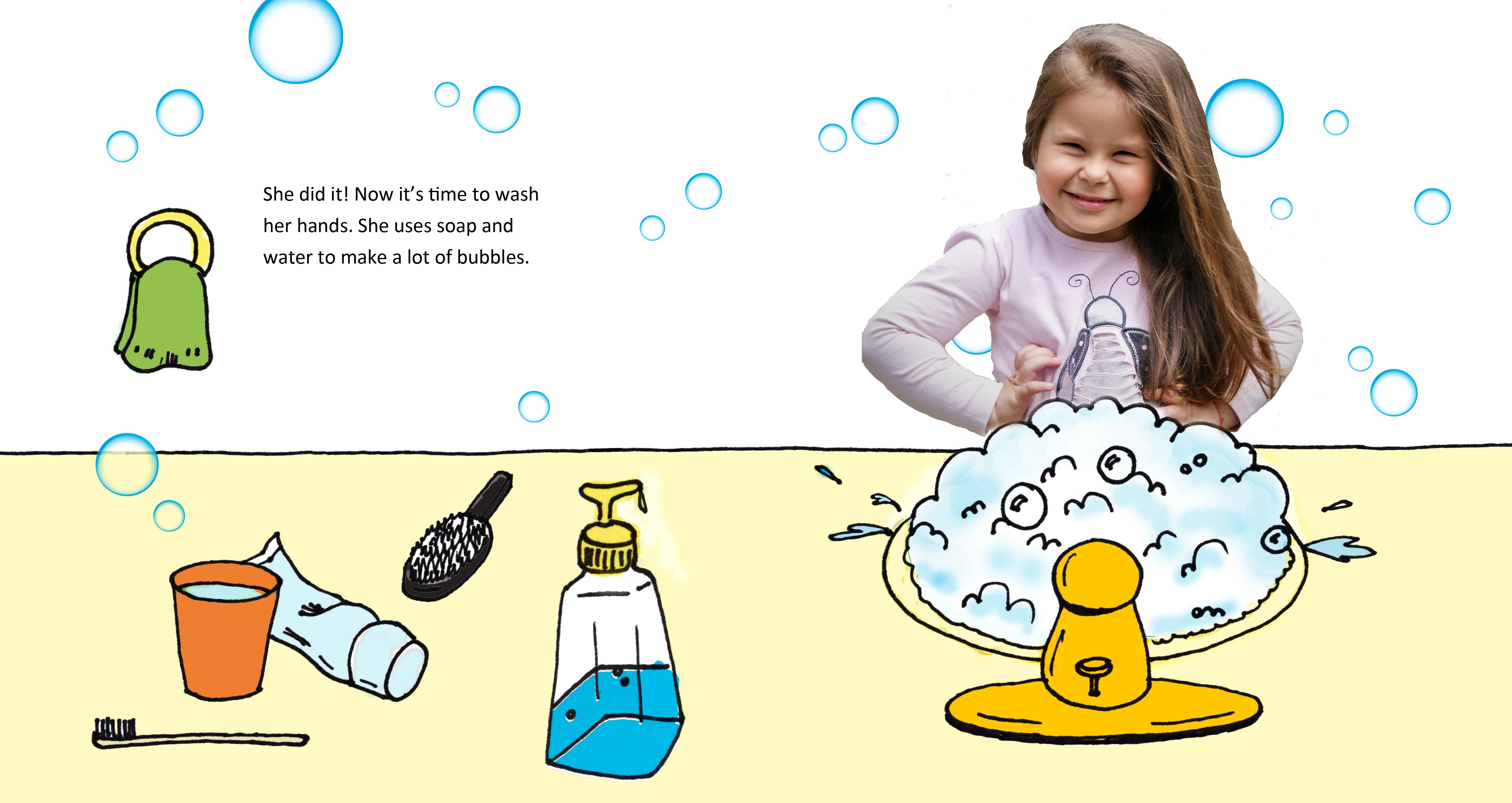*This post was submitted by Erin from Transition Tales, a company that creates personalized potty training books for little ones.
Affiliate links included below which means if you click through or purchase something through my links, I’ll receive a small compensation at no cost to you. See full disclosure here.
Toliet training a toddler. If I could put it on my resume, I would. Actually, why not? Surely anyone with children would look at that accomplishment and at least acknowledge its value. From the moment our children were born and we became parents, our conversations took a turn for the worst. Pillow talk became bathroom talk and frantic calls for help like, “Could you come help me, I have poop on my hands!” became the norm. Indeed, if you’ve ever sacrificed your child’s onesie and cut it off them to avoid pulling it up over their head and getting poop in their hair… you understand. We’ve all been there. No parent is immune to toilet training. And while it is exciting because it’s the start of the passing of the baton of personal hygiene, it is not easy. In fact, it can be quite difficult and frustrating for both parent and child. But it doesn’t have to be that way.
Below are strategies and helpful tips that I have utilized in my work as a general education and special education teacher of young children. Through my work and research in early childhood, I have gained many helpful insights that you might also benefit from. I’ve tried to include them here and hope they provide some guidance for you and your family as you move forward on transitioning your child through the developmental milestone of toilet training. Happy potty training!
Look for Signs
Children are competent. They are constantly showing us what they know and understand. This may not always occur in the most convenient ways (my child was so proud to show me she had learned how to create a large white mountain by simply pulling on the toilet paper roll – how exciting!) but it is important to be present and looking for these signals. And when they present themselves, don’t ignore them. Children who go off to an area to be alone and come back with a dirty diaper are demonstrating their understanding of what is about to happen. This awareness is a major step towards toilet training. Respond by bringing them to the toilet and having them try! You’re teaching them that there is a different end to the story, that it doesn’t end with a dirty diaper. When these signals are ignored over time, children develop habits that are often difficult to break.

Commit and Be Consistent
When your child is demonstrating signs of toilet training readiness and your family is ready to move forward with toilet training, it is wise to set aside a few days to commit to the process. If you choose to do this over a weekend, it means sacrificing family outings for a few days. In the long run, you’ll be glad you did. Consistent teaching over the course of two to three days will be much more effective than dabbling at toilet training a few hours a day over several weeks.
How to Effectively Potty Train a Toddler.Click To TweetWork Together
Sit down with your partner and discuss the language you will use with the child (potty vs. toilet?), the reinforcement for success (mini m&m vs. sticker), and how to handle accidents (clear, calm and caring is best!) If your child is attending daycare, in Nebraska over 70% of children under age 5 have both parents in the workforce, be sure to touch base with your child’s teacher and let them know your plan. They will want to try to be as consistent as possible. This means if you are using m&ms for a reward, you will want to provide a small bag for your child at school as well. Be sure you’re aware of any regulations on food products allowed in the school (nuts, for example).
Frequency
Especially at the start of potty training, take your child frequently. This will increase the chance of success. Some parents have opted to go every thirty minutes, in a classroom setting, I’ve been successful taking children every hour. When success is achieved, celebrate! Have fun and share a reward such as a treat or a sticker. Give high fives and sing! Be sure that the child only gets the special reward after successful toilet training incidents. For example, if you decide to use fruit snacks for toilet training rewards, then the child should not get fruit snacks at any other time of the day.
Talk It Through
Provide a commentary for your child as they go through the steps of toilet training to reinforce their appropriate behaviors and give them a step by step guide. For example, “You remembered to push your pants and underwear down!” or “Right after you flushed you walked to the sink to wash your hands with soap, great work!” Channel your inner sports commentator and give them the words for what is happening. It develops vocabulary and lets them hear the steps over and over.
Be Realistic
No one is perfect. Your child will likely have occasional accidents. Try to be as proactive as possible. Although your child is learning to control their own body, it’s important to remember that as the parent you have control over a lot of other factors that can create a successful experience. Be cognizant of your schedule, how much your child is drinking, and the last time they visited the bathroom. When my daughter was first toilet trained, we only went on short outings in the community after she had gone to the bathroom at home. It required some planning but it meant less worrying when we were out, fewer visits to public restrooms, and these short outings increased her confidence (and mine!). It also meant not reverting back to diapers which can be very confusing for young children. Be patient with your child, s/he is learning a new and challenging skill, and set them up for success!
Have fun!
Sitting on the toilet should not feel like a chore. Engage your child in songs, finger plays, or read books while they try.

Personalized Potty Training Books
If you’re looking for a specific teaching tool, I have found that using personalized books can help teach a skill and allow the opportunity for a child to see him/herself be successful. I developed this method while trying to toilet train children whose parents were having difficulty in accomplishing this milestone. You can easily create your own personalized toilet training book at transitiontales.com. Transition Tales was created to support parents and young children who are transitioning through developmental milestones such as toilet training. Transition Tales is a great way to personalize a book and share it with your child every day. They get to be the main character of the story, witness their success firsthand, and it’s an easy tool to take to school to improve consistency between environments.
If you have questions about toilet training or how to create a personalized book, feel free to reach out to me at erin@transitiontales.com.
Happy potty training!
“Finally, brothers and sisters, whatever is true, whatever is noble, whatever is right, whatever is pure, whatever is lovely, whatever is admirable—if anything is excellent or praiseworthy—think about such things” Philippians 4:8.



